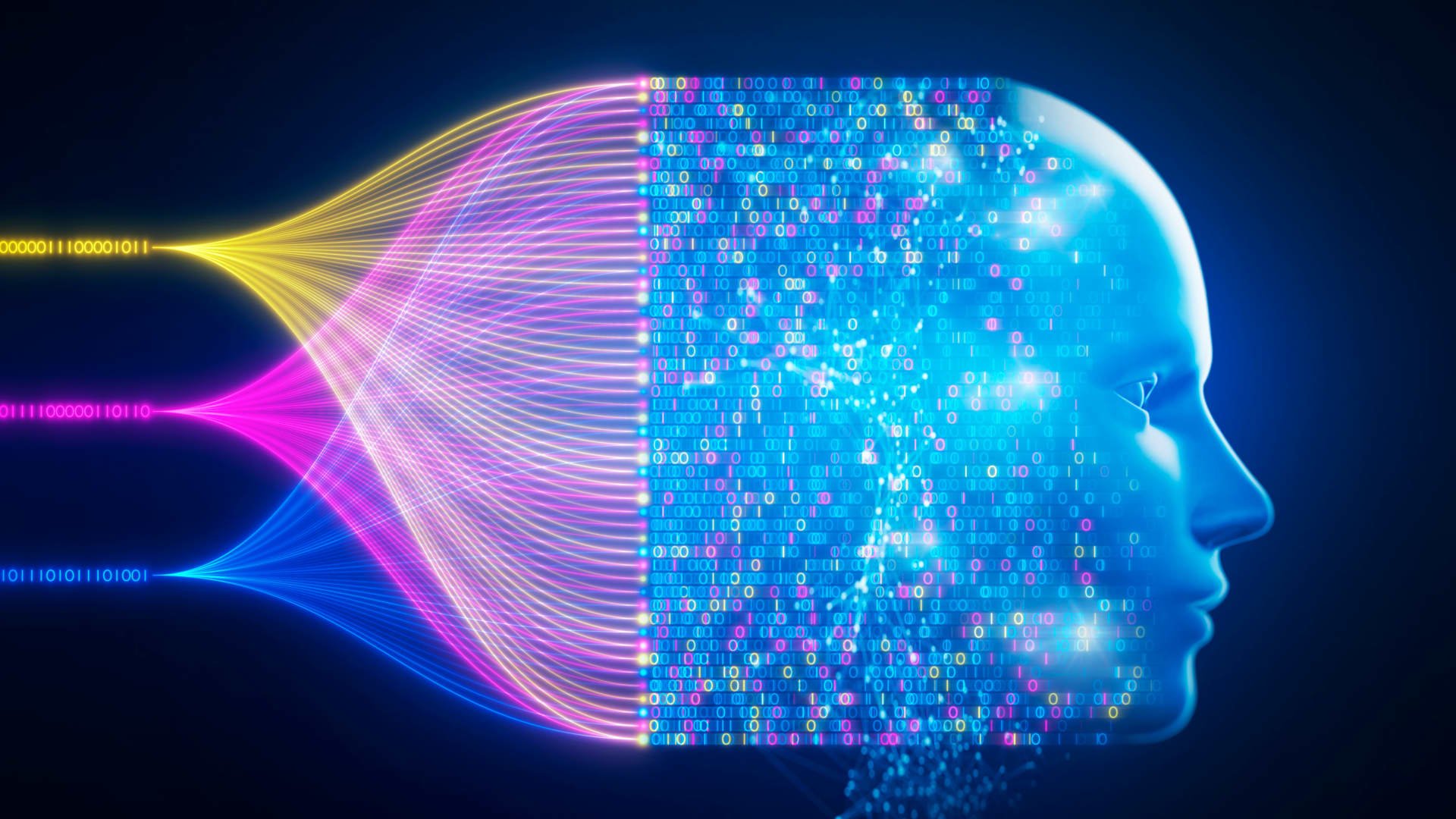AI Undress: The Controversial Tech Taking The Internet By Storm
AI undress is one of the most talked-about technologies right now and it's sparking heated debates across the globe. Imagine a software that can digitally remove clothing from images with just a few clicks. Sounds crazy, right? Well, it's not science fiction anymore. This groundbreaking yet controversial tech has ignited discussions about privacy, consent, and the future of digital manipulation. So, buckle up, because we're diving deep into this tech whirlpool.
It's like something outta a sci-fi movie but here we are living it. The rise of AI undress is forcing us to rethink how we view privacy and digital ethics in the age of artificial intelligence. As much as it's fascinating, it's also kinda scary when you think about the potential misuse. Let's break it down and see why everyone's so hyped—or freaked out—about it.
From celebrities to everyday folks, no one's really safe from the implications of this tech. It's not just about removing clothes digitally; it's about the broader implications on how we handle personal data and digital content. So, let's explore what AI undress really is, how it works, and why it's such a big deal. Ready? Let's get into it.
- Unveiling The Truth Behind Buscar Kid And His Mom Cctv Video
- Unraveling The Phenomenon Of Indian Mms Viral Videos A Deep Dive
What Exactly is AI Undress?
AI undress refers to the use of artificial intelligence algorithms to digitally manipulate images, specifically to remove clothing from people in photos. It's like Photoshop on steroids, powered by machine learning models that can analyze and recreate human anatomy with alarming accuracy. The technology uses deep learning techniques to understand patterns, textures, and body structures to create realistic images.
This tech isn't just some random invention; it's part of a larger trend where AI is becoming more advanced in image processing and generation. While it sounds kinda cool, the ethical concerns are through the roof. Think about it—anyone could potentially use this tech to create fake images without consent, leading to serious privacy issues.
How Does AI Undress Work?
Here's the deal: AI undress works by training neural networks on massive datasets of human images. These networks learn to recognize different parts of the body and how clothing interacts with them. Once trained, the AI can take an input image and generate a new version where the clothing is digitally removed. It's like teaching a computer to "see" and "understand" the human body in ways that were previously unimaginable.
- Axl Rose Children The Untold Story Of Guns N Roses Frontmans Family Life
- Bollyflix Ninja Movies Bollywood Your Ultimate Guide To Streaming Bollywood Films
The process involves several steps, including image segmentation, texture synthesis, and realistic rendering. Basically, the AI breaks down the image into smaller components, analyzes each part, and then reconstructs the image without the clothing. It's not perfect, but it's getting scarily close to reality. And that's what has people worried.
Why is AI Undress So Controversial?
Now, here's the kicker—AI undress is controversial because it raises serious ethical and legal questions. Imagine someone using this tech to create fake images of you without your permission. Sounds creepy, right? That's exactly why people are freaking out. The potential for misuse is huge, and it's not just limited to personal privacy.
There's also the issue of consent. Should anyone be able to manipulate someone else's image without their approval? And what about the legal implications? Current laws might not be equipped to handle this kind of tech, leaving a huge gray area when it comes to accountability and responsibility.
The Privacy Debate
Privacy is at the heart of the AI undress controversy. With this tech, anyone can potentially create fake images of anyone else. It's like giving people the power to invade someone's privacy without them even knowing. And that's not all—there's also the risk of these images being used for malicious purposes, like harassment or blackmail.
Experts are calling for stricter regulations to prevent the misuse of AI undress. But the question remains—how do you regulate something that's already out there? It's like trying to put toothpaste back in the tube. The tech is here, and now it's up to us to figure out how to use it responsibly.
Is AI Undress Legal?
Legally speaking, the waters are murky when it comes to AI undress. Different countries have different laws regarding digital manipulation and privacy. In some places, creating fake images without consent might be considered illegal, while in others, it might fall into a gray area. It all depends on how the law is interpreted and enforced.
What we do know is that the potential for abuse is significant. That's why many experts are advocating for clearer regulations and guidelines to ensure that this tech is used ethically. But until those laws catch up, it's kinda like the Wild West out there in terms of digital manipulation.
Legal Challenges Around the World
Take a look at how different regions are handling this tech. In the US, for example, there are laws against revenge porn, but AI undress might not fall under the same category. In Europe, the GDPR provides some protections for personal data, but it's not specifically designed to address AI-generated content. And in other parts of the world, the laws might be even more lenient—or nonexistent.
It's like a patchwork quilt of regulations, and that makes it tricky for people to know where they stand. That's why global cooperation might be necessary to tackle this issue head-on. But will countries be able to agree on a unified approach? Only time will tell.
How is AI Undress Being Used?
Believe it or not, AI undress isn't just being used for malicious purposes. There are some legitimate applications, like in the fashion industry for virtual try-ons or in medical imaging for research purposes. But let's be real—the majority of the attention is on the darker side of this tech.
It's being used by some to create fake images for entertainment, others for harassment, and some even for financial gain. The range of uses is broad, but the ethical concerns remain the same. How do we ensure that this tech is used for good and not for harm?
Legitimate vs. Illegitimate Uses
Let's break it down: on one hand, you've got legitimate uses like virtual fashion try-ons or medical research. These applications are beneficial and could lead to positive outcomes. On the other hand, you've got the illegitimate uses, like creating fake images without consent or using them for harassment. It's a fine line, and it's up to us to decide where to draw it.
Some argue that the tech itself isn't the problem—it's how people choose to use it. Others believe that the risks outweigh the benefits and that we should be more cautious about its development. It's a complex issue with no easy answers.
Who's Behind AI Undress?
So, who's responsible for creating this tech? It's not just one person or company. There are several organizations and researchers working on AI undress technology. Some are doing it for academic purposes, while others are exploring commercial applications.
But here's the thing—once the tech is out there, it's hard to control who uses it and for what purpose. That's why transparency and accountability are so important. We need to know who's behind this tech and what their intentions are. Otherwise, it's like letting a genie out of the bottle without knowing what it might do.
Key Players in the AI Undress Space
Take a look at some of the key players in this space. There are companies like NVIDIA, which has developed advanced image processing technologies. Then there are smaller startups and independent researchers who are pushing the boundaries of what AI can do. Each of them has their own motivations and goals, and that makes it even more complex.
It's like a race to see who can create the most advanced AI undress tech. But is that really a race we want to be running? The stakes are high, and the consequences could be severe if we don't handle this responsibly.
What Are the Risks of AI Undress?
The risks of AI undress are significant, and they go beyond just privacy concerns. There's the potential for misuse, the impact on mental health, and the broader implications for society. It's not just about one person—it's about how this tech could affect everyone.
Imagine a world where fake images are indistinguishable from real ones. That could lead to a loss of trust in digital content and even real-world interactions. It's like living in a world where nothing is as it seems, and that's a scary thought.
Addressing the Risks
So, how do we address these risks? Education is key. We need to make sure that people understand the potential consequences of AI undress and how to protect themselves. That includes teaching digital literacy and promoting responsible tech use.
But it's not just about education—it's also about regulation. Governments and organizations need to work together to create guidelines and laws that protect people from the misuse of this tech. It's a tall order, but it's necessary if we want to ensure that AI undress doesn't become a tool for harm.
What Does the Future Hold for AI Undress?
Looking ahead, the future of AI undress is uncertain. Will it become a widely accepted technology, or will it be restricted due to its risks? The answer depends on how we choose to approach it. One thing's for sure—it's not going away anytime soon.
As AI continues to evolve, so will the capabilities of AI undress. That means we need to stay vigilant and adapt to the changing landscape. It's like navigating a ship in uncharted waters—we need to be prepared for whatever comes our way.
Predictions for the Future
Here are some predictions for the future of AI undress. First, we'll likely see more advanced versions of the tech that are even more realistic and harder to detect. Second, there will be increased efforts to regulate its use and prevent misuse. And third, we might see new applications that we can't even imagine right now.
It's like looking into a crystal ball, but with a lot of uncertainty. The future is in our hands, and it's up to us to decide what kind of world we want to create with this tech.
Final Thoughts
AI undress is a fascinating yet controversial technology that's forcing us to rethink how we view privacy and digital ethics. While it has some legitimate applications, the potential for misuse is significant, and that's why we need to approach it with caution.
As we move forward, it's important to remember that the choices we make today will shape the future of this tech. So, let's make sure we're making the right ones. Whether you're a tech enthusiast or just someone who cares about privacy, this is an issue that affects us all.
So, what do you think? Should we embrace AI undress or tread carefully? Let us know in the comments below, and don't forget to share this article with your friends. Together, we can start a conversation about the future of AI undress and how we can use it responsibly.
Table of Contents
- What Exactly is AI Undress?
- Why is AI Undress So Controversial?
- Is AI Undress Legal?
- How is AI Undress Being Used?
- Who's Behind AI Undress?
- What Are the Risks of AI Undress?
- What Does the Future Hold for AI Undress?
- Final Thoughts
- Boku To Misakisensei A Comprehensive Guide To The Beloved Anime And Manga Series
- Nagi Hikaru The Rising Star Whorsquos Stealing Hearts

Free Undress Tool Exploring The Controversy, Technology, And Ethical

Free Undress Tool Exploring The Controversy, Technology, And Ethical

Wall Street may be overlooking this key AI investing area